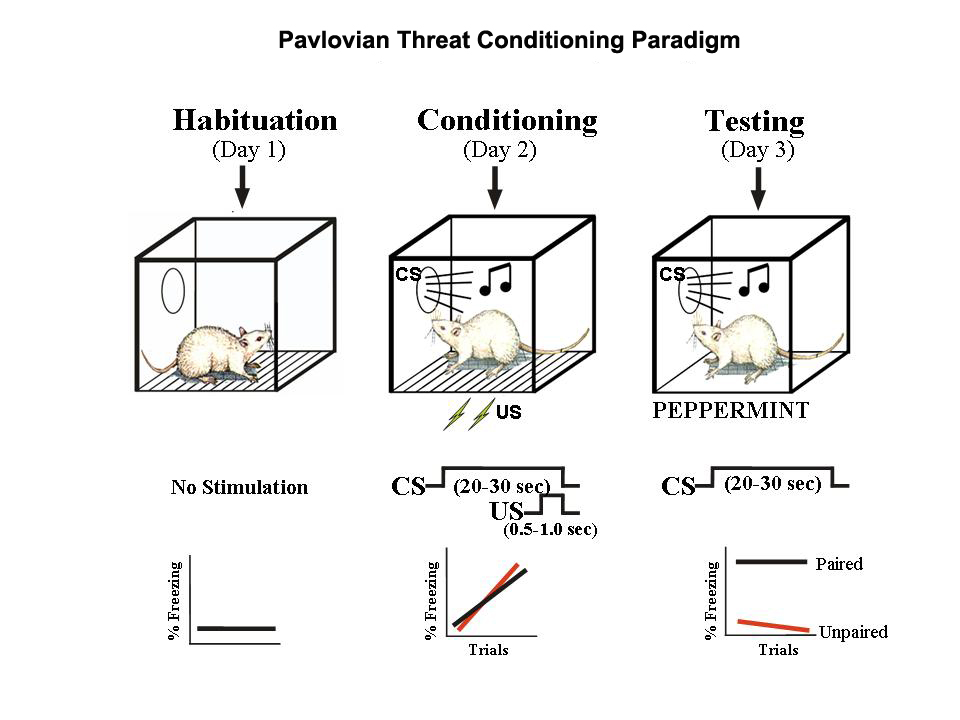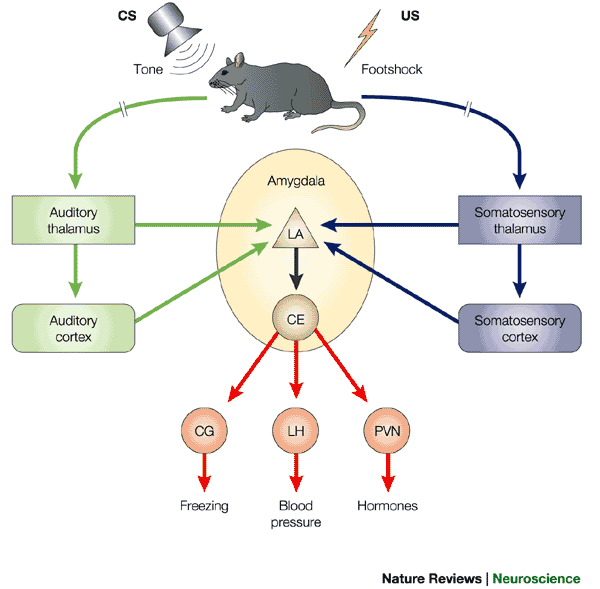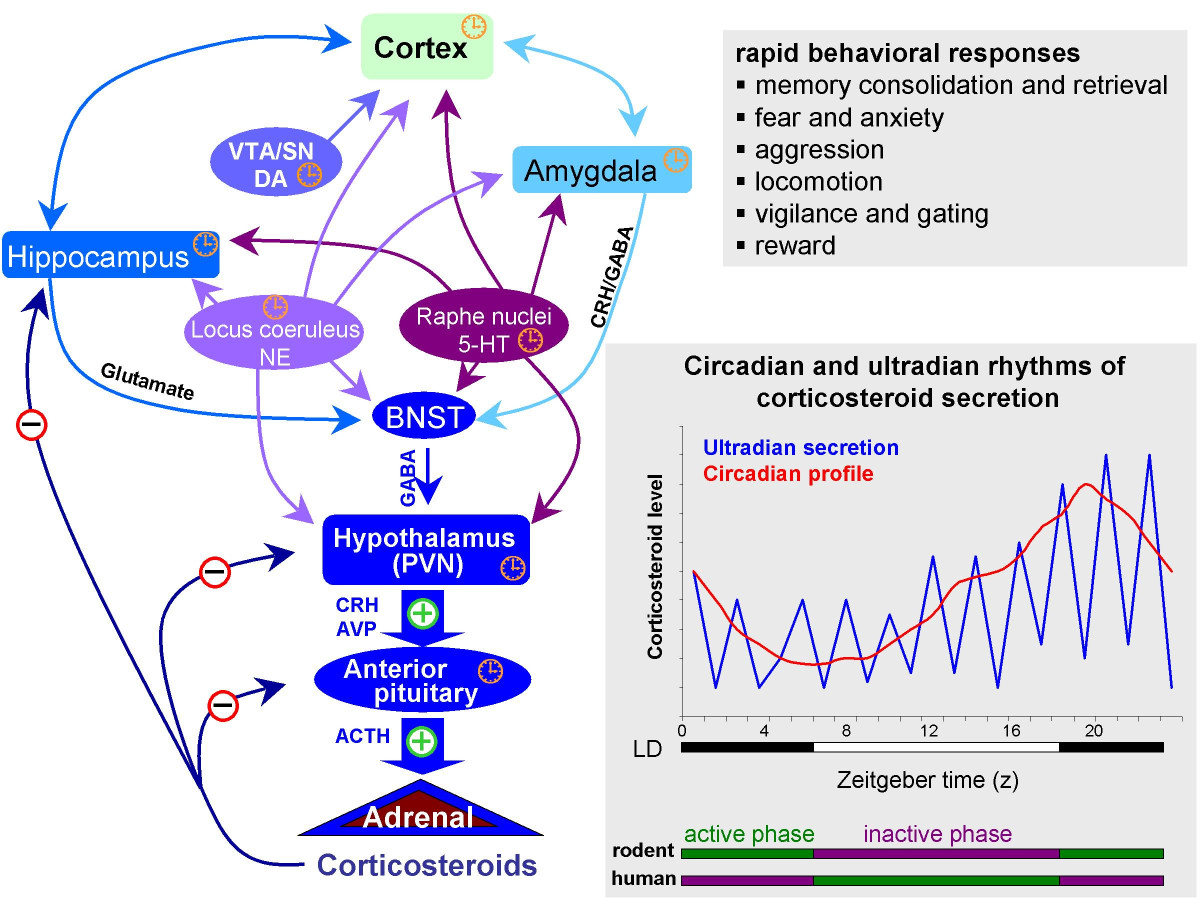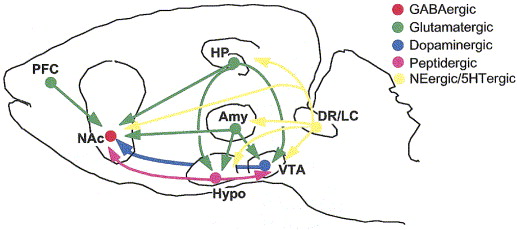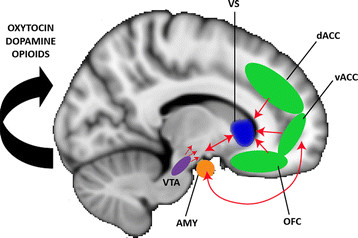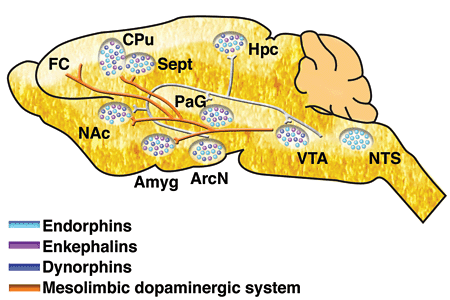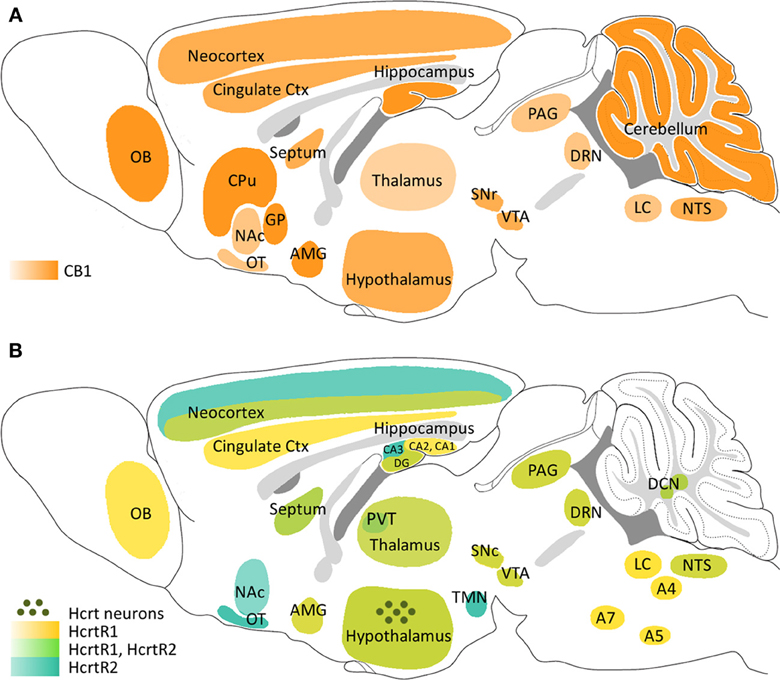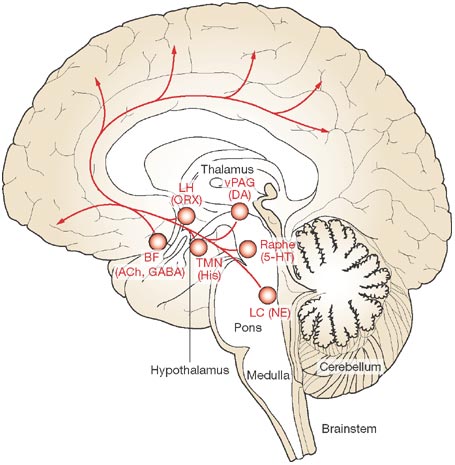2018-11-02 11:17:31
Don't You Worry 'Bout a Thing
Today's topics
- Fear
- Stress
- Reward
Animal model of learned 'fear'
Rat vs. Human
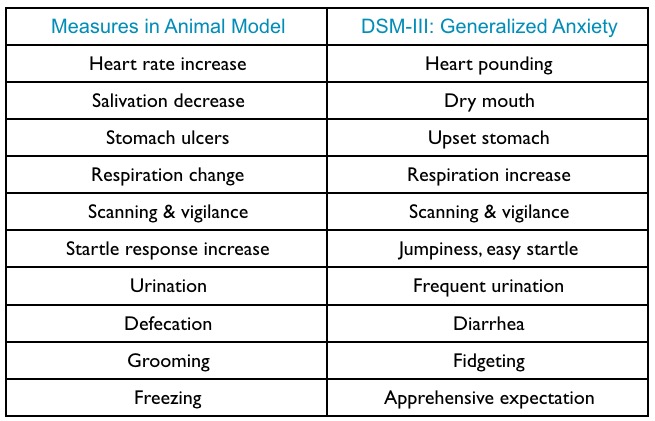
Adapted from (Davis, 1992)
Amygdala circuits
Specificity of learning
- Light/sound + footshock OR X-ray + saccharin vs
- Light/sound + X-ray or footshock + saccharin
Circuitry
- BLA, basolateral complex of the amygdala
- CEA, central nucleus of the amygdala
- ITC, intercalated cells of the amygdala
- PL, prelimbic cortex
- IL, infralimbic cortex
- HPC, hippocampus
- Thal, thalamus
- PAG, periaqueductal gray
- PBN, parabrachial nucleus
Brain under stress
- Acute stress
- Short duration
- Fast action required
- HPA (Cortisol), SAM (NE/Epi) axes
- Brain detects threat
- Mobilizes physiological, behavioral responses
Brain under stress
- vs. Chronic or stress
- Long duration, persistent
Glucocorticoids
- Adrenal cortex releases hormones
- Cortisol (hydrocortisone)
- Increases blood glucose levels
- Suppresses immune system
- Reduces inflammation
- Aids in metabolism
- Receptors in brain and body
- Cortisol (hydrocortisone)
Glucorticoid receptors in body
Cortisol and the brain
Impacts of acute stress
From cortisol to enhanced glutamate

Pleasure/reward
Neuroanatomy of 'happiness'
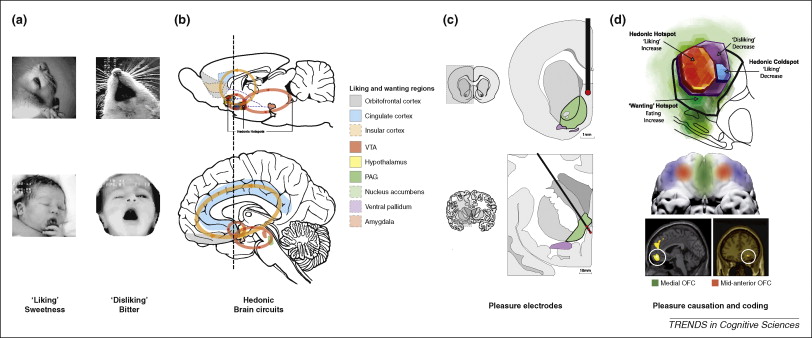
Rewards
- A reward reinforces (makes more prevalent/probable) some behavior
- Milner and Olds (Milner, 1989) discovered 'rewarding' power of electrical self-stimulation
- (Heath, 1963) studied effects in human patients.
Electrical self-stimulation
"Reward" circuitry in the brain
Components of the "reward" circuit
- Lateral Hypothalamus (Hyp)
- Medial forebrain bundle (MFB)
- Ventral tegmental area (VTA) in midbrain
- Nucleus accumbens (nAcc)
- Dorsal Raphe Nucleus/Locus Coeruleus (DR/LC)
Components of the "reward" circuit
- Amygdala (Amy)
- Hippocampus (HP)
- Prefrontal cortex (PFC)
Nucleus accumbens and dorsal striatum
What does DA signal?
- Hedonia and anhedonia
- Incentive salience
- Reward prediction error (RPE)
RPE
DA & GABA signaling in RPE
Expectation modulates DA signaling
DA network
Reward & Aversion Networks
Psychopharmacology of pleasure
- Dopamine
- Opioids
- Cannabinoids
- Serotonin, Norepinephrine
- ACh
Endogenous morphine-like NTs (endorphins) from hyp, NST
Endogenous cannabinoid system
- Cannabinoids, psychoactive compounds found in cannibis
- Cannabinoid CB1 receptors in CNS; CB2 in body, immune system
Brain contains its own systems for binding drugs associated with 'pleasure'
- Endogenous opioids (endorphins)
- Endogenous cannabinoids
ACh projections in the CNS
References
Brandão, M. L., Zanoveli, J. M., Ruiz-Martinez, R. C., Oliveira, L. C., & Landeira-Fernandez, J. (2008). Different patterns of freezing behavior organized in the periaqueductal gray of rats: Association with different types of anxiety. Behavioural Brain Research, 188(1), 1–13. https://doi.org/10.1016/j.bbr.2007.10.018
Clapp, P., Bhave, S. V., & Hoffman, P. L. (n.d.). How Adaptation of the Brain to Alcohol Leads to Dependence. Retrieved from http://pubs.niaaa.nih.gov/publications/arh314/310-339.htm
Cock, V. C. D., Vidailhet, M., & Arnulf, I. (2008). Sleep disturbances in patients with parkinsonism. Nature Clinical Practice Neurology, 4(5), 254–266. https://doi.org/10.1038/ncpneuro0775
Davis, M. (1992). The role of the amygdala in fear-potentiated startle: Implications for animal models of anxiety. Trends in Pharmacological Sciences, 13, 35–41. https://doi.org/10.1016/0165-6147(92)90014-W
Flores, Á., Maldonado, R., & Berrendero, F. (2013). Cannabinoid-hypocretin cross-talk in the central nervous system: What we know so far. Neuropharmacology, 7, 256. https://doi.org/10.3389/fnins.2013.00256
Heath, R. G. (1963). Electrical self-stimulation of the brain in man. American Journal of Psychiatry, 120(6), 571–577. https://doi.org/10.1176/ajp.120.6.571
Kadmiel, M., & Cidlowski, J. A. (2013). Glucocorticoid receptor signaling in health and disease. Trends in Pharmacological Sciences, 34(9), 518–530. https://doi.org/10.1016/j.tips.2013.07.003
Kringelbach, M. L., & Berridge, K. C. (2009). Towards a functional neuroanatomy of pleasure and happiness. Trends in Cognitive Sciences, 13(11), 479–487.
Medina, J. F., Repa, J. C., Mauk, M. D., & LeDoux, J. E. (2002). Parallels between cerebellum-and amygdala-dependent conditioning. Nature Reviews Neuroscience, 3(2), 122–131. https://doi.org/10.1038/nrn728
Milner, P. M. (1989). The discovery of self-stimulation and other stories. Neuroscience & Biobehavioral Reviews, 13(2–3), 61–67. https://doi.org/10.1016/S0149-7634(89)80013-2
Musazzi, L., Tornese, P., Sala, N., & Popoli, M. (2017). Acute or chronic? A stressful question. Trends in Neurosciences. https://doi.org/10.1016/j.tins.2017.07.002
Nestler, E. J., & Carlezon, W. A. (2006). The mesolimbic dopamine reward circuit in depression. Biological Psychiatry, 59(12), 1151–1159. https://doi.org/10.1016/j.biopsych.2005.09.018
Pellman, B. A., & Kim, J. J. (2016). What can ethobehavioral studies tell us about the brain’s fear system? Trends in Neurosciences, 39(6), 420–431. https://doi.org/10.1016/j.tins.2016.04.001
